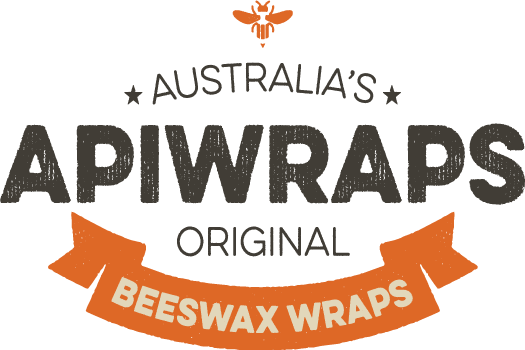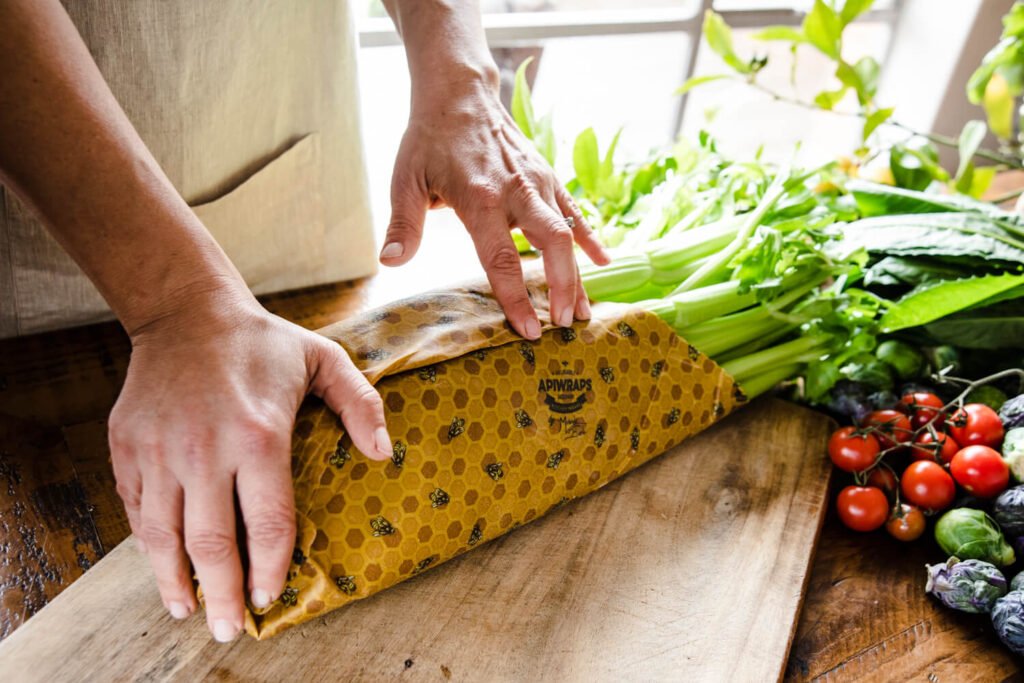It’s one of the most asked questions on Google… Are beeswax wraps worth the hype?
Anyone who is thinking about beeswax wraps is a person who knows that things need to change. If this is you, you’re the kind of person who sorts the recycling carefully. Saves the batteries for collection. Keeps things healthy and wholesome for family meals. You’re not the kind who throws cash at all the trendy new things, well not all the things
I get it! We’re all doing our best to be conscious consumers the sheer quantity of ‘stuff’ we have in our homes and lives.
So beeswax wraps, are they worth the investment?
Here are our top three reasons why beeswax wraps are worth bringing in to your kitchen.
1. This is an investment that will last.
Beeswax wraps are reusable about 200 times when you’re wrapping a sandwich every day and washing every day. So you have a bit of avocado, mayonnaise or something on your wrap when it comes home in the lunchbox – give it a quick soap over and rinse. A wash like that every day will have your wrap starting to wear out at the end of the school year. If you’re wrapping a celery in the fridge it won’t need that many washes and will last about three years.
If you stacked up all the ziplock bags you’d need for 200 sandwiches – that’s just under 3 boxes of Hercules Click Zip Sandwich bags at $2.45 coming in at $7.35 – you’d have a big pile of plastic heading off to landfill – or red cycle. Your Apiwrap will head off to the worm farm or compost bin when you’re done, and come in at $13 in our online store, or $9 if you jump into the club on the right month.
At only $9 a month, we’ve made beeswax wraps – and all the associated costs to you and the earth – totally worth it.
2. Beeswax wraps rescue forgotten veggies from spoiling and save you money
Many people complain about soft leafy greens like coriander and lettuce leaves spoiling before they have a chance to use them. In fact the average Australian throws away over $1000 worth of food every year. If that food lasted a little bit longer in the fridge the environmental impact would be massive. Knowing that even though you didn’t get around to making that salad… but discovering that the lettuce is still as fresh as the day you bought it? Priceless.
It’s heartbreaking seeing good food spoil. We live busy lives and we need to know that when we bustle the kids in after sport practice that dinner’s going to be ready in moments. Following grandma and auntie’s advice we’ve tried vases of water in fridge doors to keep herbs fresh, damp tea towels and towers of crockery. All sorts of tips and hacks fly about in an attempt to be organised and stay ahead of the hurry and waste, but food still spoils, water spills and plates get broken.
The fridge is a dehydrating environment, the rapid air transfer means the fridge stays frost free and doesn’t need defrosting every month (yay!) but it also dries everything out. If you wrap your food in plastic to stop it from drying out though, it will build up moisture as it ‘breathes’ inside the plastic – and that makes the leaves and more sensitive parts spoil. A solution that stops things drying out but allows them to breathe stop the veggies from spoiling. Beeswax wraps do exactly that. By creating a watertight seal, leaves will stay crisp and fresh, and because the wrap can breathe, they won’t sweat or build up moisture – making this small investment totally worth it. The first time you see your six week old celery looking like it’s brand new you’re going to be grinning – because it feels so good doing something so right.
3. The cost of the chemicals in your food is your health
In the twenty-first century there are so many things to be aware of. Sprays on food causing allergies and sensitivities, excessive plastic waste, global warming and micro-plastics being found everywhere from glaciers to baby food make up just a few. Replacing single use plastics is a big priority from personal health perspective. In addition the more malleable a plastic is, the more easily endocrine disturbing chemicals (EDCs) release from a material called pthathate which is used to make plastics bendable. Those EDC toxins are fat soluble and release on contact with high fat content foods like cheese. I don’t want that stuff anywhere near my kids.
Between the masses of plastic trucked off to landfill every week, the wasted veggies and cheese, and the contamination issues, the question ends up changing from “Are beeswax wraps worth it?” to “Is sticking with plastic worth it?”
And because I’m a mum, managing a home with ideals that keep me pretty careful about where the family budget goes, my next question would be; “ what’s the most affordable way to get a collection of beeswax wraps going?
I created the Apiwraps club precisely to help families who are interested but wondering if they should just give it a shot at home (Seriously? Nah – it’s super messy and you’ll spend more money getting the gear on ebay than getting your Apiwraps through the club)
Being Australian made, from Australian beeswax and beautiful organic cotton, we’ve made the best quality product and worked really hard to keep the prices affordable through the Subscription Club.
Every month we send out an envelope with an Apiwrap or two, with different sizes every time, so you can build your collection for only $9 a month. It’s a way to try them out, to build your collection as long as you need to.
To be a part of something simple and effective, making some change in the world.

